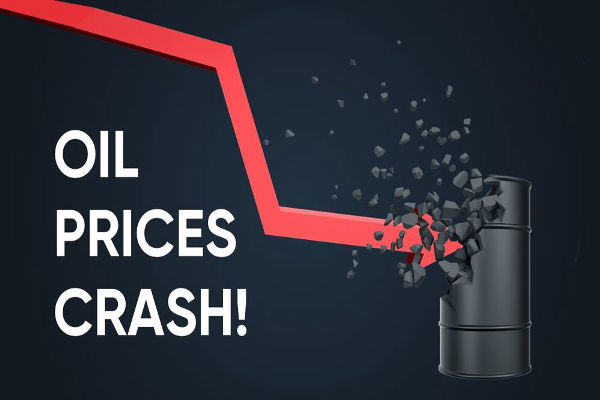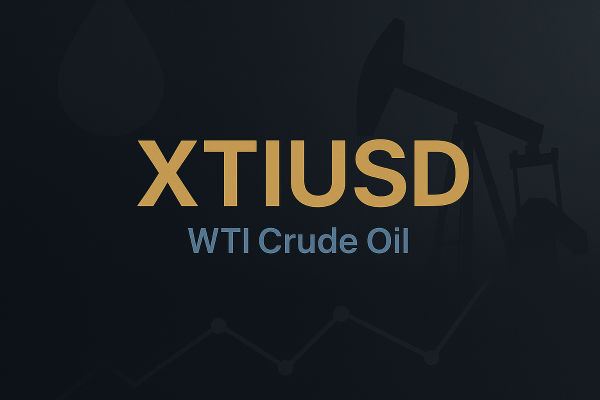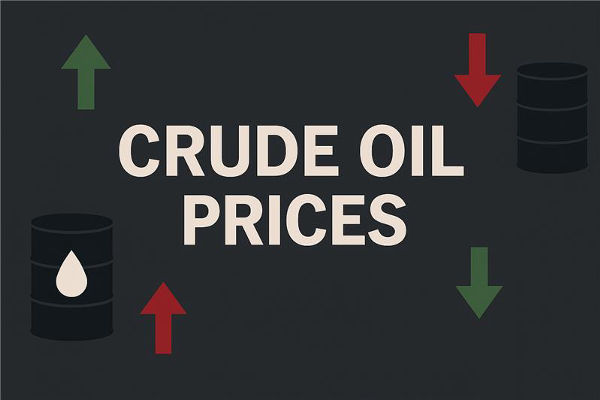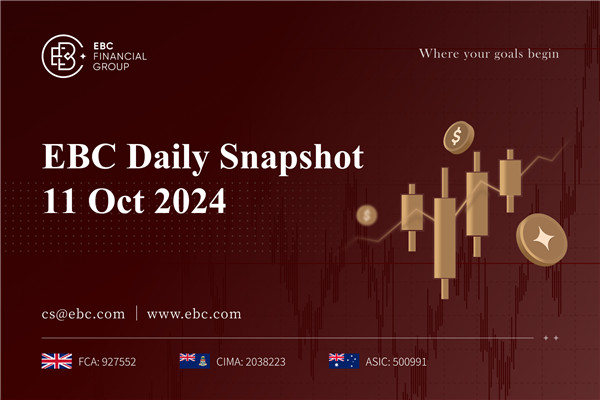Big swing
Oil traders were on a bumpy road last week. Prices hit over one-month low on
Monday after Goldman Sachs cut oil price forecasts from $95 to $86 for Brent and
from $89 to $81 for WTI.
The benchmarks rebounded over 3% the following trading day on PBoC’s first
rate cut in 10 months which aims to add momentum to the post-pandemic
recovery.
Then came a Wednesday’s drop of 1.5% stemming from the indication that the
Fed will raise interest rates further this year, and again prices were up about
3% on Thursday.
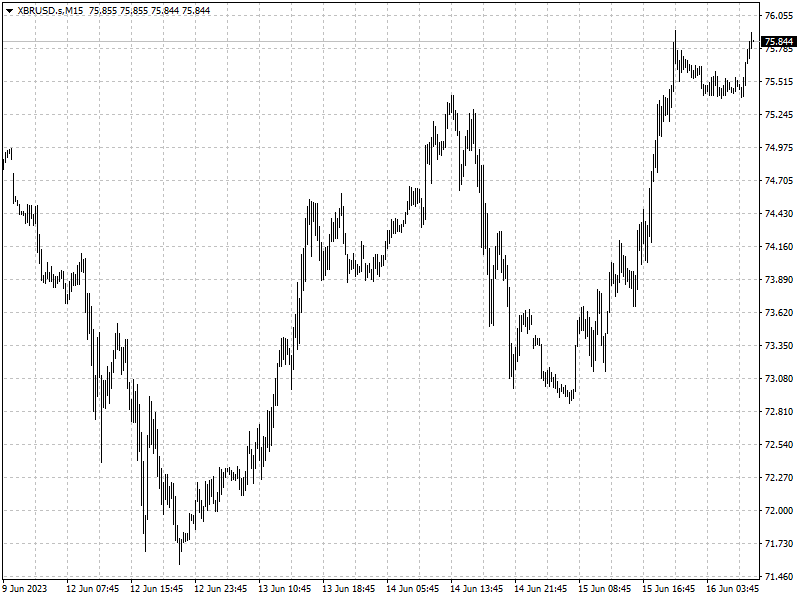
saudi arabia announced earlier this month that it would begin cutting oil
production by 1 million barrels per day in July after it warned that short
sellers will be ‘ouching’.
Nevertheless, traders seem to have ignored the key player in the market. They
raised bets against oil when a rally towards $80 was attempted – a risky
gambit.
Downsides
Two negatives are in sight: the first is that Russian shipments have boomed
in the face of expectations that western sanctions would curtail them. The
second is concern about China’s demand growth.
While they have slipped in the past few months, observed seaborne oil
shipments are still up sharply compared with where they were in May 2022.
Russia’s cargoes, in particular, are soaring. The nation’s crude exports were
within 100,000 barrels a day of a record in the four weeks to June 4.
U.S. Crude Oil stockpiles posted a surprise large build last week, while
gasoline and distillate inventories gained more than expected, the EIA said on
Wednesday.
The EIA lowered its price forecasts in the latest report. It expects Brent
spot prices to average $78.65 per barrel in 2023, versus $85.01 per barrel
previously.
There is also a global concern about industrial production, a close proxy for
diesel demand. Manufacturing has been in contraction worldwide for each of the
last nine months, according to JPMorgan data.
“The producer group is in a multiple bind: demand is looking weaker and
non-OPEC supply stronger by year-end than many analysts had forecast,” Citigroup
Inc. analysts including Francesco Martoccia wrote.
Brent’s prompt spread flipped into contango, and WTI’s contango widened to
its most bearish since February.
Upsides
China’s oil refinery throughput in May rose 15.4% from a year earlier as
refiners brought units back online from planned maintenance and independent
refiners processed cheap imports.
That figures represented the second-highest monthly total on record, exceeded
only by 63.3 million metric tons in March this year.
China’s crude oil imports in May jumped to the third highest level on record,
totalling 51.44 million metric tons, or 12.11 million bpd, according to data
from the General Administration of Customs.
The largest oil importer has issued larger crude-import quotas than a year
earlier, and a stimulus package the nation is considering raised hopes for
higher demand.
Booming oil refining capacity in China and the Middle East looks set to come
up against a “structural dearth of crude in the coming years,” Saad Rahim, chief
economist of trading giant Trafigura Group, said in the company’s interim
report.
The supply cuts by OPEC+, coupled with emerging market demand growth, should
lead to “material draws in inventories later this year” he said, adding that
U.S. shale may not be able to balance the market.
Elsewhere, the U.S. plans to purchase about 12 million barrels of oil this
year as it begins to refill its depleted emergency reserve amid falling crude
prices, according to two people familiar with the matter.
The SPR is at a 40-year-low following a historic 180 million barrel drawdown
last year in response to Russia’s invasion of Ukraine. The sour crude grades
sought by the Energy Department are in high demand.
World oil markets may tighten “significantly” over the next few months and
next year also looks tight, particularly in the second half, with oil
inventories set to decline, the IEA said last week.
But even if the market does turn, it may take time to filter through, as
traders continue to wrestle with the slew of economic concerns and robust
supplies that have hobbled prices for months now.
‘No one wants to take risk in flat price given the macro uncertainty,’ said
Richard Jones, an analyst at consultant Energy Aspects. ‘Ultimately they are
waiting to see physical markets tighten as the cuts take effect.’












